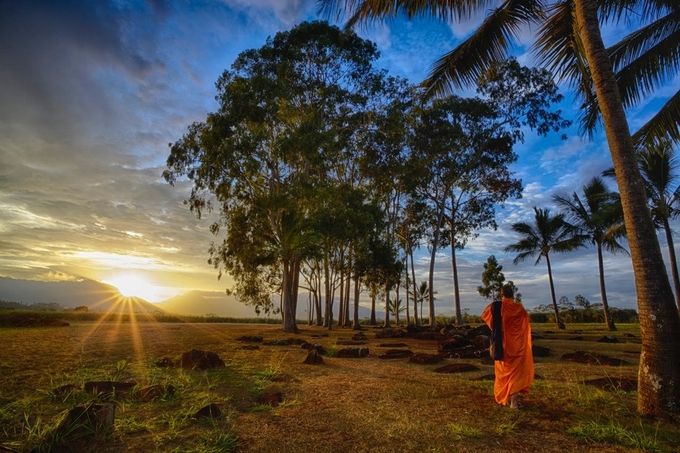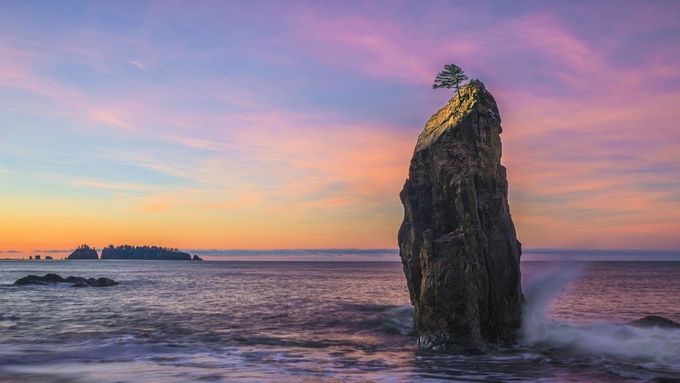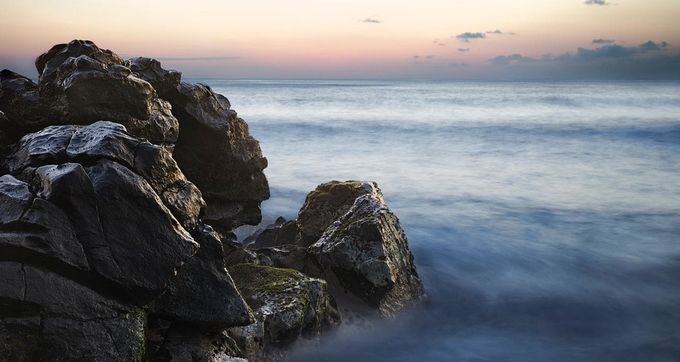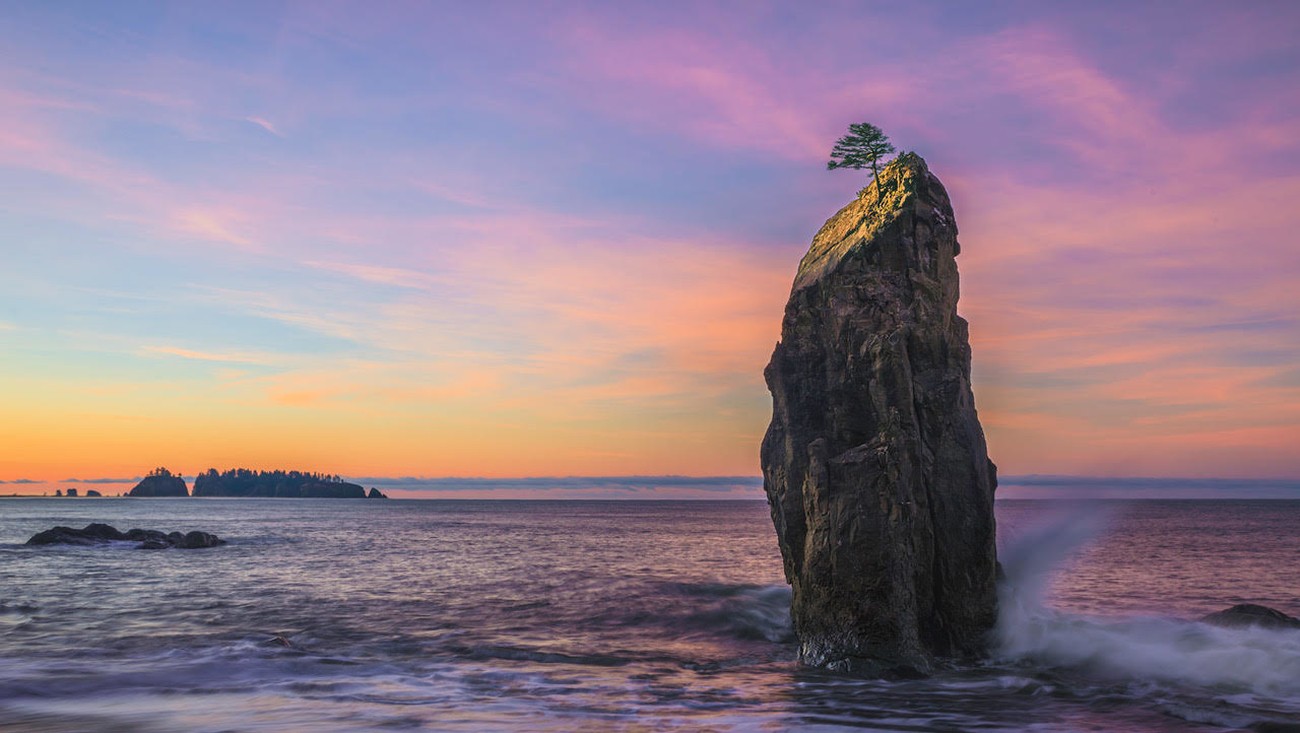Just the other day I crossed the threshold of 10K peer awards and 5K follower on ViewBug. It made me feel warm and fuzzy. Many thanks to all the ViewBug members that appreciate my photography. Honestly, I never really thought I would be here writing to you about things like this. When ViewBug asked me to write about creating award winning images I had to wonder about what I did different and how I could boil those things into actionable advice for the next guy. You can see my ViewBug profile here.
When I began writing notes for this article my list of “to-do’s” kept finding new bullet points and I had to stop, pull back, and re-access the topic. There are camera fundamentals that shouldn’t be ignored and I could give you a score of planning tips. However, winning contests is about standing out and creating standout work only requires two endeavors.
1. Seek education. Learn. Learn. Learn.
Like most of you I started out by trial and error. Stumbling and Fumbling. The competitor in me drove me to look for a mentor, a teacher. If you were a zen monk seeking the next level of enlightenment you’d find a teach, right? Well, photoshop has it’s own levels of enlightenment and you don’t know what you don’t know. I have over 40 tutorials on my hard drive. Some of which cost hundreds of dollars. Others were much cheaper. There is always Youtube and ViewBug has many helpful tutorials to watch.

What tutorials can I recommend that apply to everyone?
Phlearn’s Photoshop 101/201/301. No sponsorship provided, I just think it’s great. I picked this up four years into my career and learned that there were many tools and tricks that didn’t know.
Where do you find next-level education?
Ask your heroes. Many top photographers have tutorials you can purchase or they give workshops(a great excuse to travel), private lessons and portfolio reviews. Shameless plug: I do the latter three.

2. Think Different.
When I scout a location or hear about place I often find myself looking for photographs on google and 500px. I take all the photos in and visualize something different. You have to be intentional in your planning and thought process. Let me give you two examples.

If you look up Big Four Ice Caves or any ice cave you find photos of the walls, details, many images with the center blown out by the sun’s glare. So I went knowing I wanted a photo from the inside looking out with a great sense of place, depth, and winter.
A second example, First Light. The tree on Rialto Beach was likely the most photographed tree in Washington state. It was quite remarkable. So, naturally, there was tons of great content and examples to find on the inter webs. However, even with the thousands of photographs I could find on the web I didn’t find a photograph that illuminated the tree’s presence. As I brainstormed I realized that the face of the monolith, or seastack, faced east. Maybe, just maybe, the first rays of sunrise would kiss the face of the monolith and the tree for a moment. I ventured out, chose a composition and waited for the light. Sadly, this seastack has fallen but we knew it would fall…someday. It’s the ephemeral nature of world that makes things beautiful.


3. Find your voice.
This is one part education and two parts self-discovery. I plan on writing more in-depth about this process of finding your voice but suffice it to say that until you know who you are as a creator/artist/photographer you’ll be hard pressed to create something that stands out of a crowd of “nice pictures.” My voice as an artist is a bit of somber theme I identify as, “Comfortable Isolation.” I know this feeling so well that I often don’t take photos unless I know it’s there. The other vein of my photography is my search for the personification of Nature.



What is your voice? How do you find it? You pay attention to your heart and what draws your eye. You find these inspirations everywhere. Myself, I look as often to paintings as I do photographs. Make notes of exactly what you find attractive about a particular piece of art or “thing” in the world. When you have enough notes you’ll have the building blocks of your voice as an artist. Amalgamate. Create.


Jason Matias is an artist and photographer from Washington. His voice can be seen in his images of "comfortable isolation" from the Pacific Northwest and across America, Europe, and North Africa. Having left art behind as an adolescent to pursue more "realistic" goals he reconnected with art through photography as a means to share his experiences with his family while he was traveling in the military. It has since bloomed into what he displays here today.
Visit his profile on ViewBug and his website: https://www.jasonmatias.com
Follow Jason on Social Media:
Instagram: @fotofighter
SnapChat: jasonmatias
Twitter: thefotofighter
FB: www.facebook.com/


